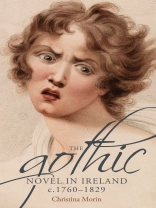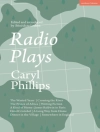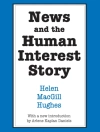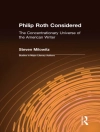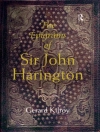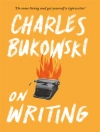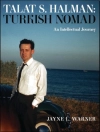This electronic version has been made available under a Creative Commons (BY-NC-ND) open access license.
The gothic novel in Ireland, c. 1760–
1829 offers a compelling account of the development of gothic literature in late-eighteenth and early-nineteenth century Ireland. Countering traditional scholarly views of the ‘rise’ of ‘the gothic novel’ on the one hand, and, on the other, Irish Romantic literature, this study persuasively re-integrates a body of now overlooked works into the history of the literary gothic as it emerged across Ireland, Britain, and Europe between 1760 and 1829. Its twinned quantitative and qualitative analysis of neglected Irish texts produces a new formal, generic, and ideological map of gothic literary production in this period, persuasively positioning Irish works and authors at the centre of a new critical paradigm with which to understand both Irish Romantic and gothic literary production.
Tabela de Conteúdo
Introduction: locating the Irish gothic novel 1. Gothic temporalities: ‘Gothicism’, ‘historicism’, and the overlap of fictional modes from Thomas Leland to Walter Scott 2. Gothic genres: romances, novels, and the classifications of Irish Romantic fiction 3. Gothic geographies: the cartographic consciousness of Irish gothic fiction 4. Gothic materialities: Regina Maria Roche, the Minerva Press, and the bibliographic spread of Irish gothic fiction Conclusion Appendix 1: A working bibliography of Irish gothic fiction, c. 1760–1829 Select bibliography Index
Sobre o autor
Christina Morin is an Irish Research Council for the Humanities and Social Sciences (IRCHSS) postdoctoral research fellow at Trinity College Dublin, where she is working on a project titled ‘The Gothic Novel in Ireland, 1760-1830’
